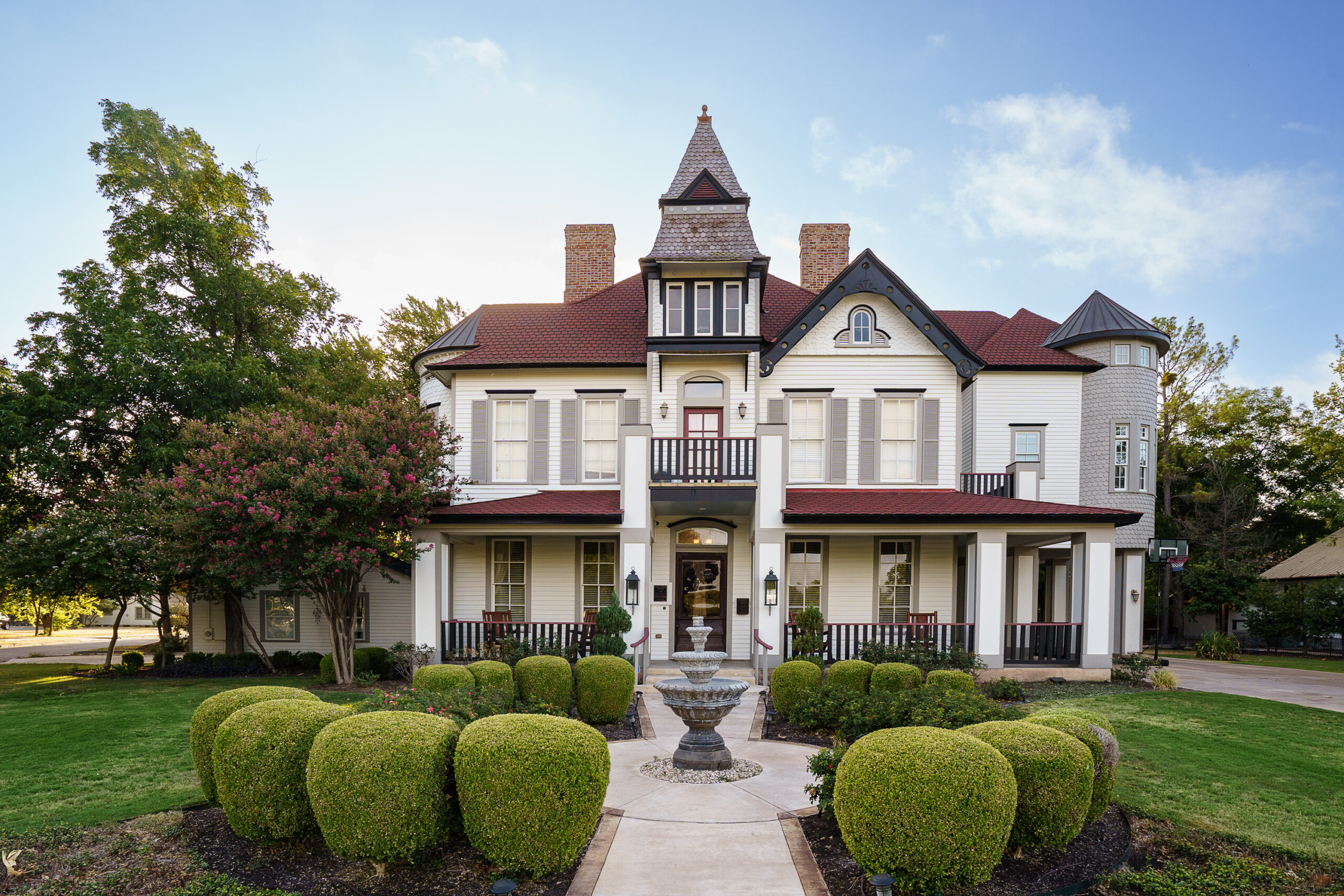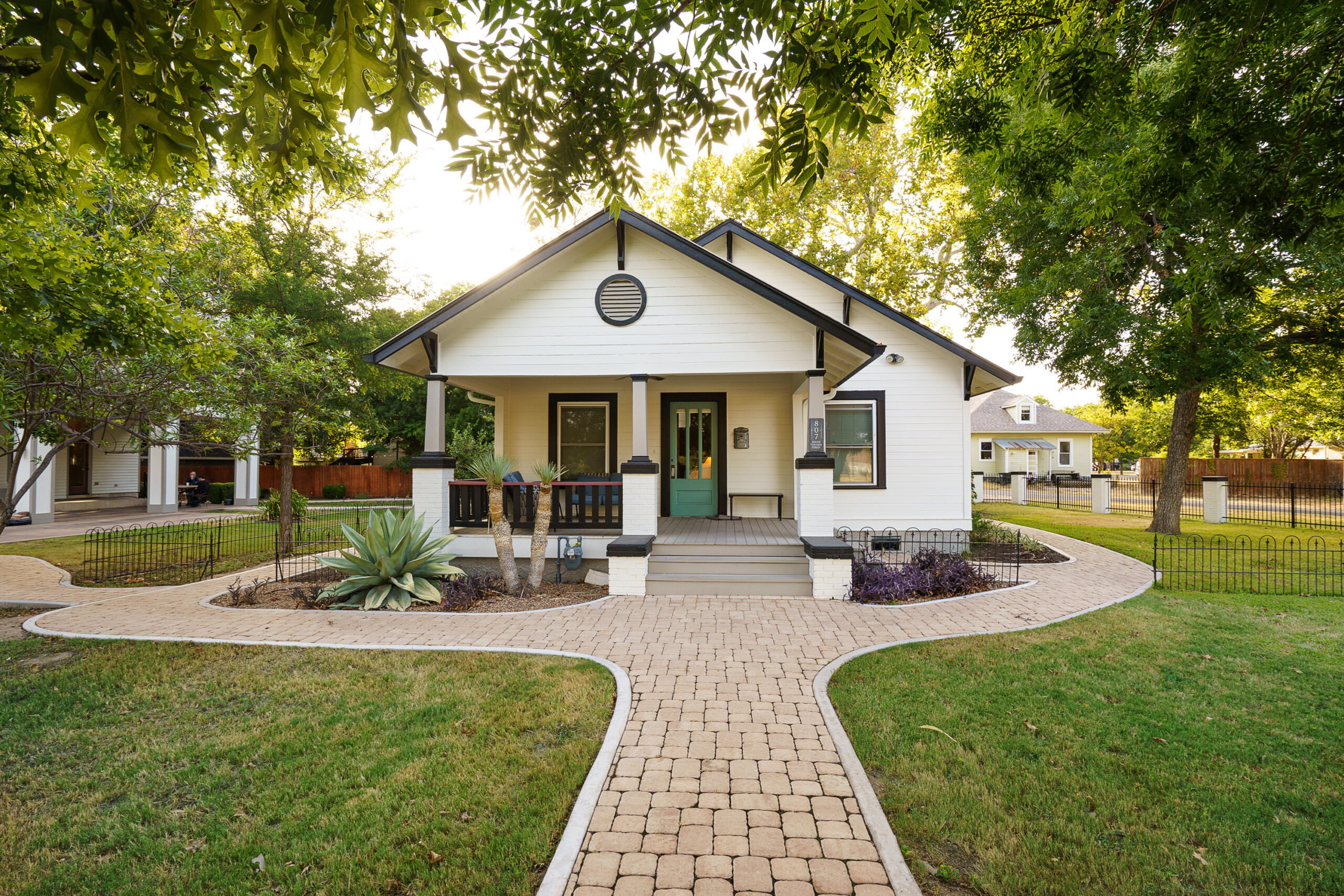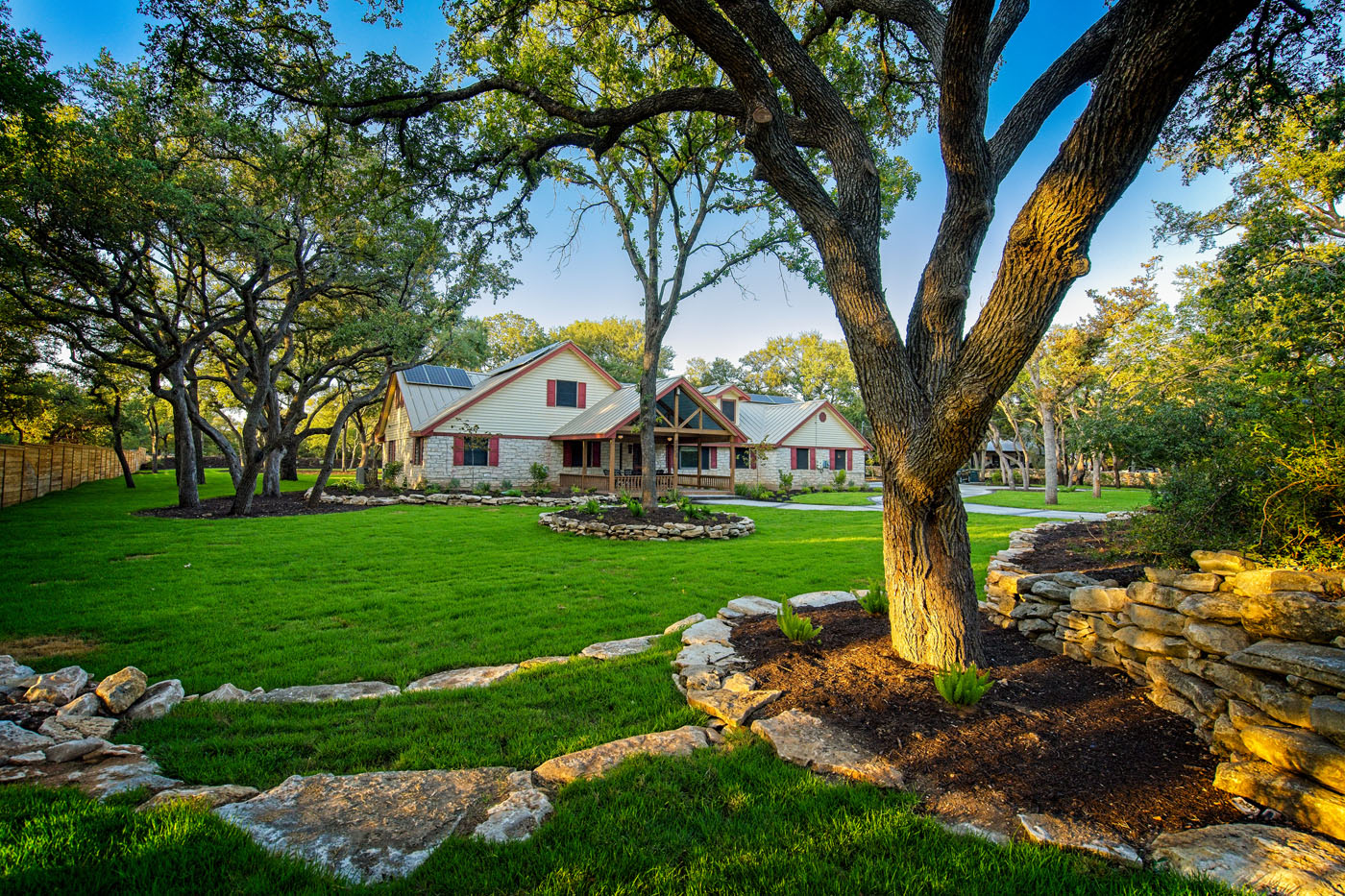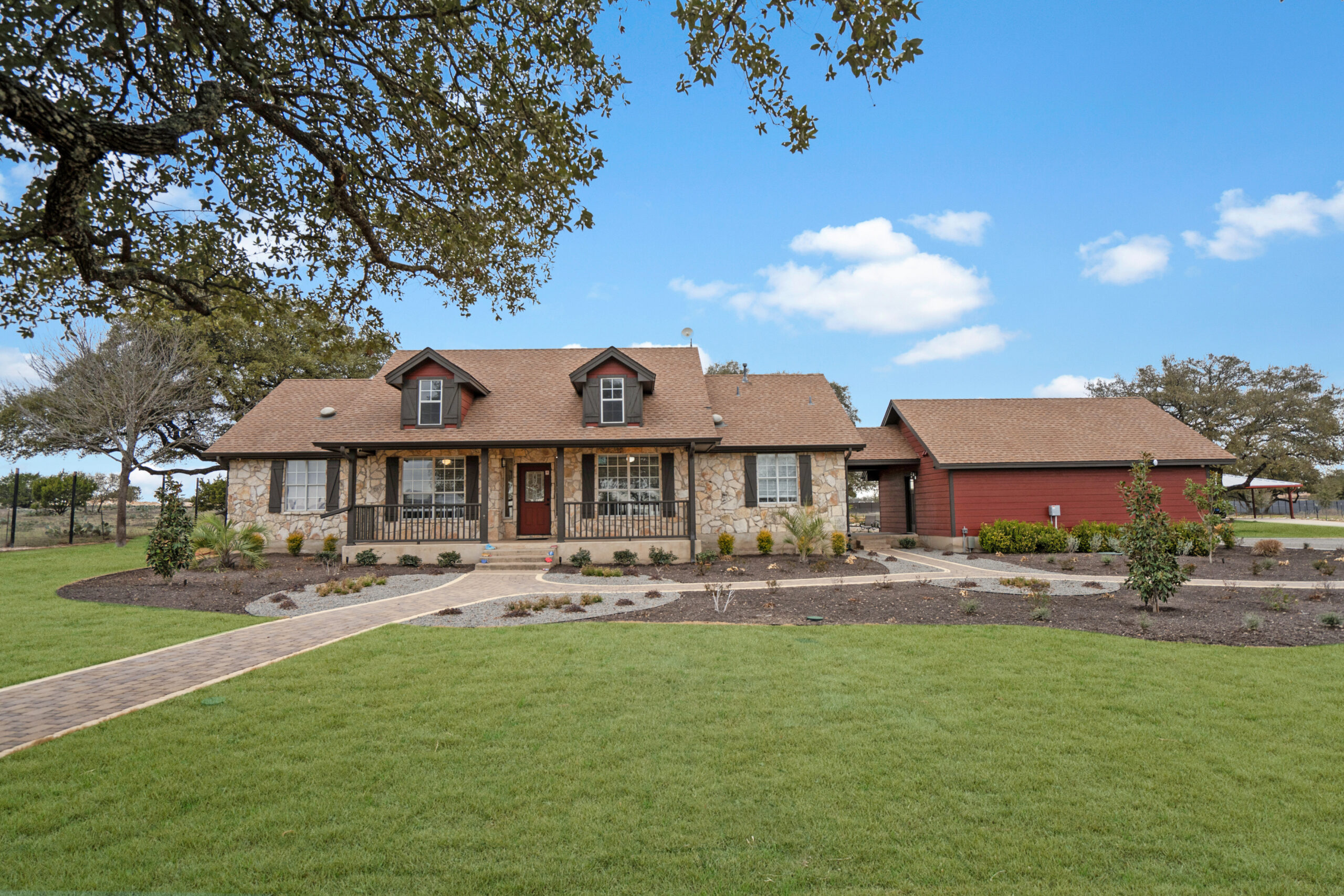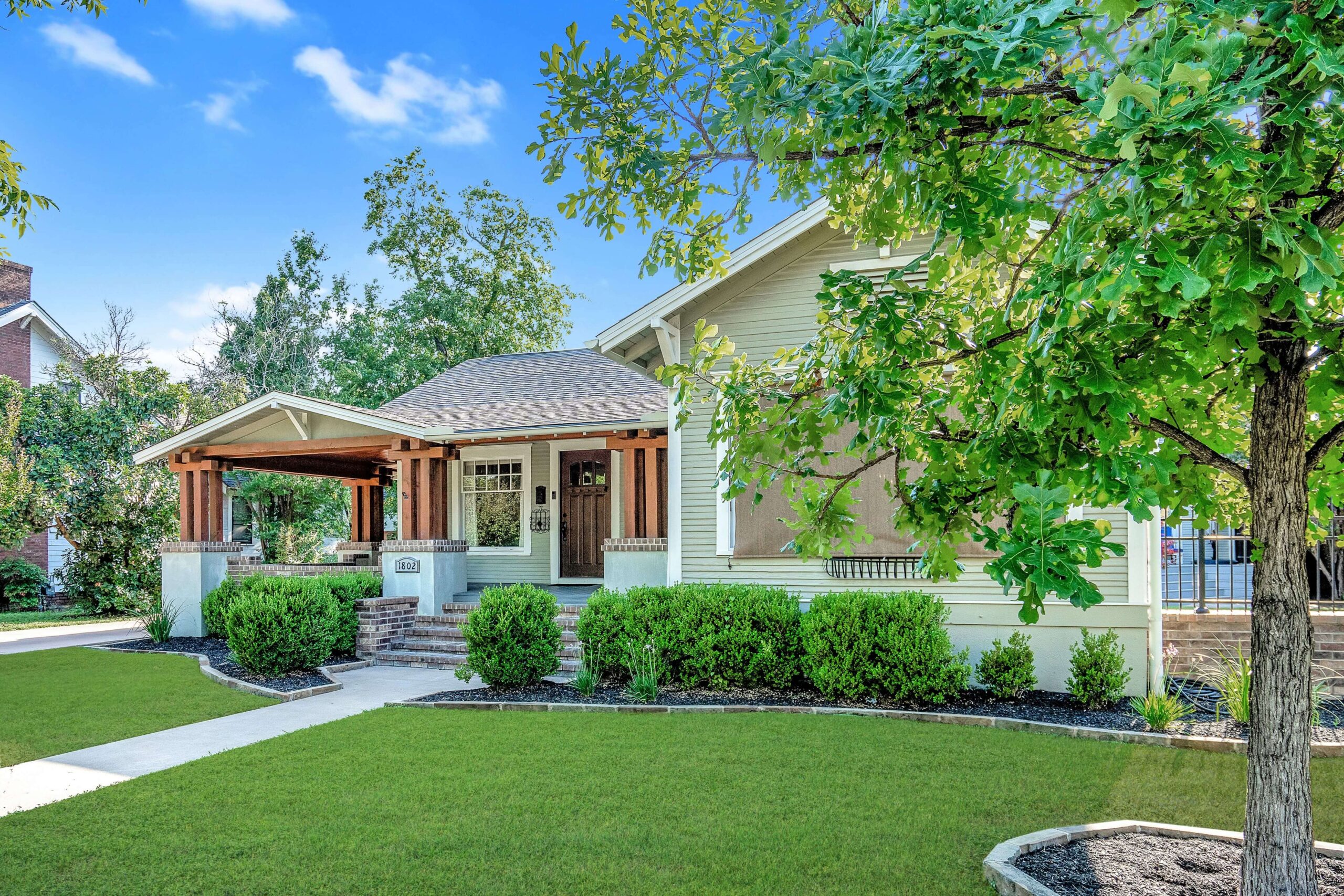Why Are Bipolar Facilities Critical for Mental Health?
Bipolar disorder is a complex and challenging mental health condition that requires specialized treatment environments–bipolar facilities. The structured environment they provide is vital for stabilizing extreme mood swings and incorporating comprehensive care. As a mental health professional with over two decades of experience at Alta Loma, I’ve seen firsthand how these facilities can transform lives. Most notably, their role in educating patients about their condition and fostering self-management is indispensable.
These facilities are designed not only to manage the symptoms of bipolar disorder but also to support co-occurring issues such as addiction. By offering customized treatment plans, they can cater effectively to diverse patient needs, ensuring a holistic recovery process. Ensuring the physical, emotional, and psychological well-being of individuals in such care settings is paramount, ultimately leading to better long-term outcomes.
Key Features of Effective Bipolar Facilities
An effective bipolar facility offers a range of features to ensure comprehensive care. By providing evidence-based therapies, these institutions can address both the symptoms of bipolar disorder and any co-occurring conditions. At Alta Loma, we emphasize a personalized approach that includes cognitive behavioral therapy, medication management, and recreational therapy.
Important Characteristics include:
- Access to nature and therapeutic environments
- A range of therapeutic activities like art and equine therapy
- Individualized care plans tailored to specific patient needs
- Integration with community resources to promote social engagement
The success of any treatment program often lies in its ability to provide a nurturing yet structured environment where patients feel supported in their journey towards recovery.
How to Choose the Right Bipolar Facility?
Selecting the right bipolar facility can be overwhelming, yet it is a crucial step in managing bipolar disorder. Here’s a step-by-step guide to aid in making an informed decision:
- Identify the specific needs of the individual, including any co-occurring disorders.
- Research facilities that specialize in treating bipolar disorder.
- Consider the location and whether it suits involvement from family or loved ones.
- Evaluate the facility’s accreditation and the qualifications of its staff.
- Review feedback from former patients to gauge the center’s reputation.
Make sure to visit potential facilities and discuss treatment programs with their staff to ensure alignment with personal recovery goals. A facility that aligns with the individual’s values and needs often results in more successful outcomes.
What Treatment Programs Are Available at Bipolar Facilities?
Treatment programs at bipolar facilities are diverse, offering a spectrum of services that cater to different stages of recovery. Specialized interventions typically include a combination of medication management and psychotherapy. Cognitive behavioral therapy (CBT) and dialectical behavior therapy (DBT) are common, focusing on mood stabilization and skill-building.
Facilities often provide both individual and group therapy sessions, allowing patients to benefit from peer support as well as personalized care. In addition, many centers offer holistic therapies like yoga and meditation to support overall wellness. These complementary therapies play an essential role in helping patients maintain balance and improve their quality of life.
Importantly, many facilities now integrate technology through telehealth services, offering virtual support to maintain continuity of care even after patients leave the facility. This ensures individuals remain connected to their support network, a critical factor in preventing relapse.
Factors Affecting Costs and Insurance Coverage
The cost of treatment at bipolar facilities varies significantly based on multiple factors, such as the location, level of care, and duration of treatment. It’s essential to consider these elements while budgeting for mental health care. Many facilities accept insurance, making treatment more accessible, though it’s crucial to verify which services are covered.
Some factors impacting costs include:
- Length of the program (short-term vs. long-term treatment)
- Type of facility (luxury vs. standard)
- Level of personalization in the treatment plan
When evaluating a facility, it’s beneficial to consult with both the treatment center and the insurance provider to understand the full scope of financial responsibility. At Alta Loma, we work closely with patients to navigate these complexities, ensuring that financial barriers do not impede access to crucial mental health services.
Why is it essential for individuals with bipolar disorder to consider specialized facilities for treatment?
Specialized facilities for bipolar disorder offer a unique combination of structured environments and comprehensive care that can significantly improve outcomes for individuals with this condition. These facilities provide a consistent and stable setting that helps in managing the severe mood swings characteristic of bipolar disorder. For instance, at Alta Loma, we have seen firsthand how a dedicated approach to personalized care plans can transform lives. By focusing on education about the disorder and promoting self-management skills, these facilities empower patients to take control of their mental health. This personalized strategy also helps in addressing co-occurring conditions, such as addiction, which are common in individuals with bipolar disorder. Choosing a specialized facility ensures an integrated and holistic treatment approach, ultimately leading to better long-term mental health and wellness. Have you ever felt that a structured environment could enhance your approach to managing bipolar disorder?
What characteristics make a bipolar facility effective in treating mental health conditions?
An effective bipolar facility is marked by several key characteristics that contribute to comprehensive care. These include evidence-based therapies, such as cognitive-behavioral therapy and medication management, which address both the symptomatology of bipolar disorder and any co-occurring conditions. At Alta Loma, we embrace a personalized approach, incorporating unique therapies like art and equine therapy, which cater to specific patient needs. Access to nature and therapeutic environments further supports emotional and psychological healing. Additionally, effective facilities promote integration with community resources, which enhances social engagement–a crucial factor in recovery. The nurturing and structured environment at facilities like Alta Loma ensures that patients feel supported throughout their journey to recovery. Have you found that certain therapeutic approaches resonate more with you than others?
How do you choose the right facility for bipolar disorder treatment?
Choosing the right facility for bipolar disorder treatment involves identifying specific needs and performing diligent research. Start by considering any co-occurring disorders and looking for facilities specializing in bipolar disorder. Location is another important factor–decide whether being close to family or loved ones plays a role in your support system. Accreditation and staff qualifications should be evaluated to ensure high-quality care. Feedback from former patients can also provide insights into the facility’s reputation and care quality. Visiting potential facilities allows you to have direct discussions about treatment programs, ensuring they align with personal recovery goals. For example, at Alta Loma, we encourage prospective patients to engage with our team to understand how our services can meet their unique needs effectively. What are your main priorities when considering mental health treatment options?
What types of treatment programs are typically available at bipolar facilities?
Treatment programs at bipolar facilities are diverse and tailored to cater to various stages of recovery. They often include a mix of medication management and psychotherapy like cognitive-behavioral therapy and dialectical behavior therapy, focusing on mood stabilization and building coping skills. At Alta Loma, we also provide individual and group therapy sessions, which offer both personalized care and peer support. Complementary therapies, including yoga and meditation, support overall wellness by helping maintain emotional balance and enhancing quality of life. Moreover, tech-driven solutions like telehealth services ensure continuity of care post-treatment, crucial for preventing relapse. These varied therapies collectively create a robust support system for individuals on their path to recovery. How do you see technology playing a role in your mental health journey?
What factors influence the cost of treatment at bipolar facilities, and how can one navigate insurance coverage?
The cost of treatment at bipolar facilities is influenced by several factors, such as the level of care required, facility location, and treatment duration. It’s essential to assess these when planning for mental health care expenses. Most facilities, including Alta Loma, accept insurance, which can make treatment more accessible. However, it is vital to verify which services are covered under your insurance plan. Factors like the length of the program, type of facility (luxury or standard), and the degree of personalization in treatment plans also play a significant role in cost variations. Consulting both the treatment center and insurance provider helps to understand the scope of financial responsibilities. At Alta Loma, we assist patients in navigating these complexities to minimize financial barriers to accessing mental health services. What has been your experience with insurance coverage for mental health treatments?

